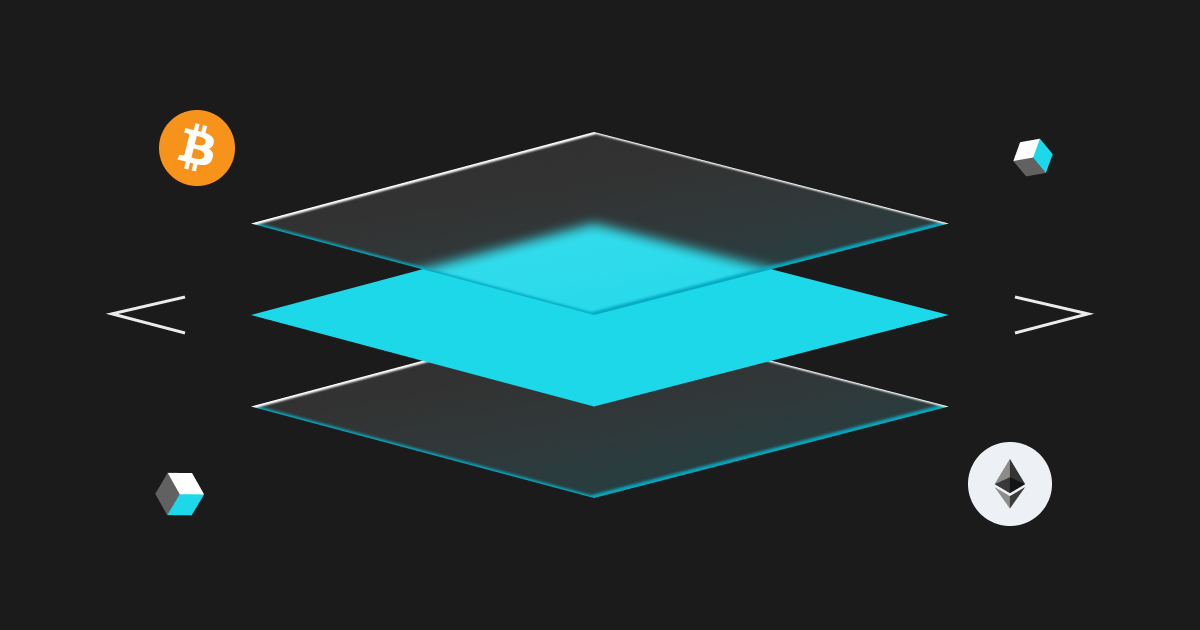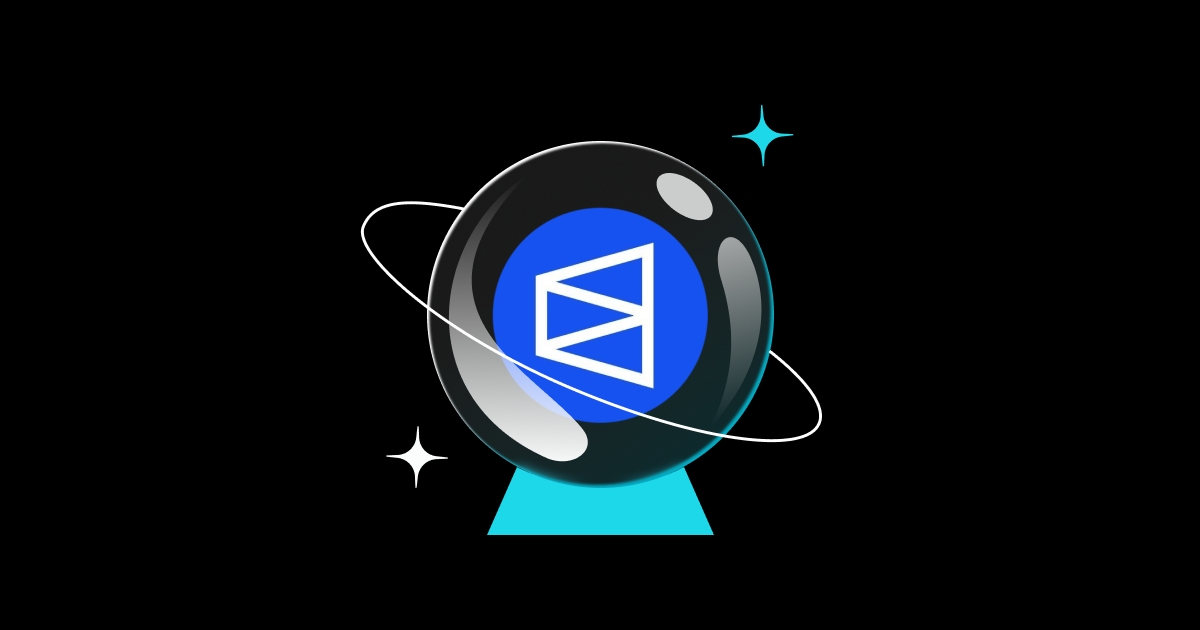
Blockchain 101 - Layer1, Layer2 and Layer3
Blockchain technology has been the newest and one of the most prominent inventions of modern times. With Web3 solutions on the rise aiming to create a decentralized internet, it is within this philosophy where it meets the blockchain. It is still a young and imperfect technology. Decentralization, scalability and security are the three main goals for any Blockchain network.
Bitcoin was originally created as a blockchain that would handle all transactional requirements of its users using the networks underlying architecture. In practice however, it soon became clear that the underlying network is slow and inefficient for modern digital solutions.
This is when other layers were added to support more efficient operations, respectively said Layer 1,2 and 3.
Layer 1
Layer 1 blockchain refers to the foundation of the base layer with its key components and functionality set. On Bitcoin for example, this includes the actual ledger of transactions, the network nodes and the verification mechanism known as Proof of Work (PoW). Layer 1 Bitcoin is the actual BTC network as it originally launched in 2009.
Even though groundbreaking, it is not flawless. As the network grew the speed in which transactions were processed went down, and transaction costs went up, making it difficult to scale up. On top of that the (PoW) consensus mechanism has proven to be energy-consuming.
Layer 2
Layer 2 is a technical solution that is built on top of the existing layer 1 infrastructure to deal with the problems initial layer1 blockchains present. The additional functionality that is added through this layer typically aims to increase faster processing speeds and lower transaction costs. Many layer 2 solutions achieve technical efficiencies by processing the bulk of transactions off its initial chain, and then transferring the completed transactions back to layer 1 in a batch mode.The way in which this is done, varies per blockchain. The most common ones are State channels, Sidechains, and Rollups.
State Channel
State channels can be seen as an isolated channel on a network between 2 users. Within this channel users can do microtransactions between themselves. Afterwards, the final state of the transaction is added to the blockchain. This speeds up the transaction as it does not require the main network to be involved. Examples of state channels are Bitcoin`s lighting network and Ethereum's Raiden network.
Sidechains
Sidechain transactions happen outside of the main chain but are publicly recorded, unlike state channels which are private. Sidechains have their own minders and are responsible for their own security. Sidechains are less centralized, have their own method of consensus, and help speed up transactions by taking some of the workload away from the main chain. Examples of Side Chains are Bitcoins liquid network and Ethereum's plasma network.
Rollups
Rollups move computations off the chain, but keep the actual data on the layer 1 blockchain. There are two types of Rollups. Optimistic and ZK rollups. Optimistic rollup assumes by default that all transactions are valid, and only does computation when fraud is suspected. In ZK rollups computation is done and the proof of its validity and thereafter is submitted to the main layer 1 chain. An Example of a rollup is Polygon.
Layer 3
Layer 3 is known as the application layer. It is a layer that enables additional utility, such as the possibility to build applications (DApps) on top of the blockchain. The application layer may consist of APIs, User interfaces, and smart contracts. Ethereums tools, security and speed at which one can launch a project is the reason why it has become a leading crypto project and continues to dominate the DApps development space. Examples of layer 3 DApps on the Ethereum blockchain are Yearn Finance, and Uniswap.

